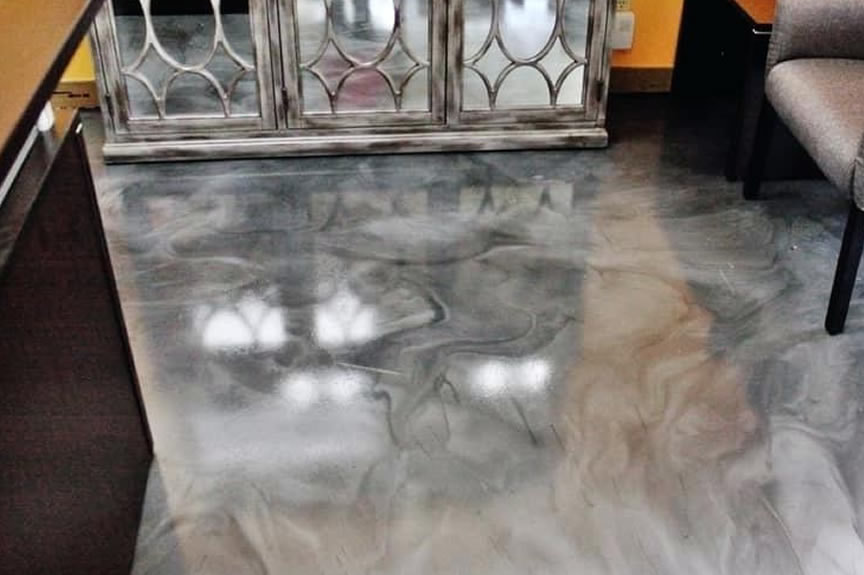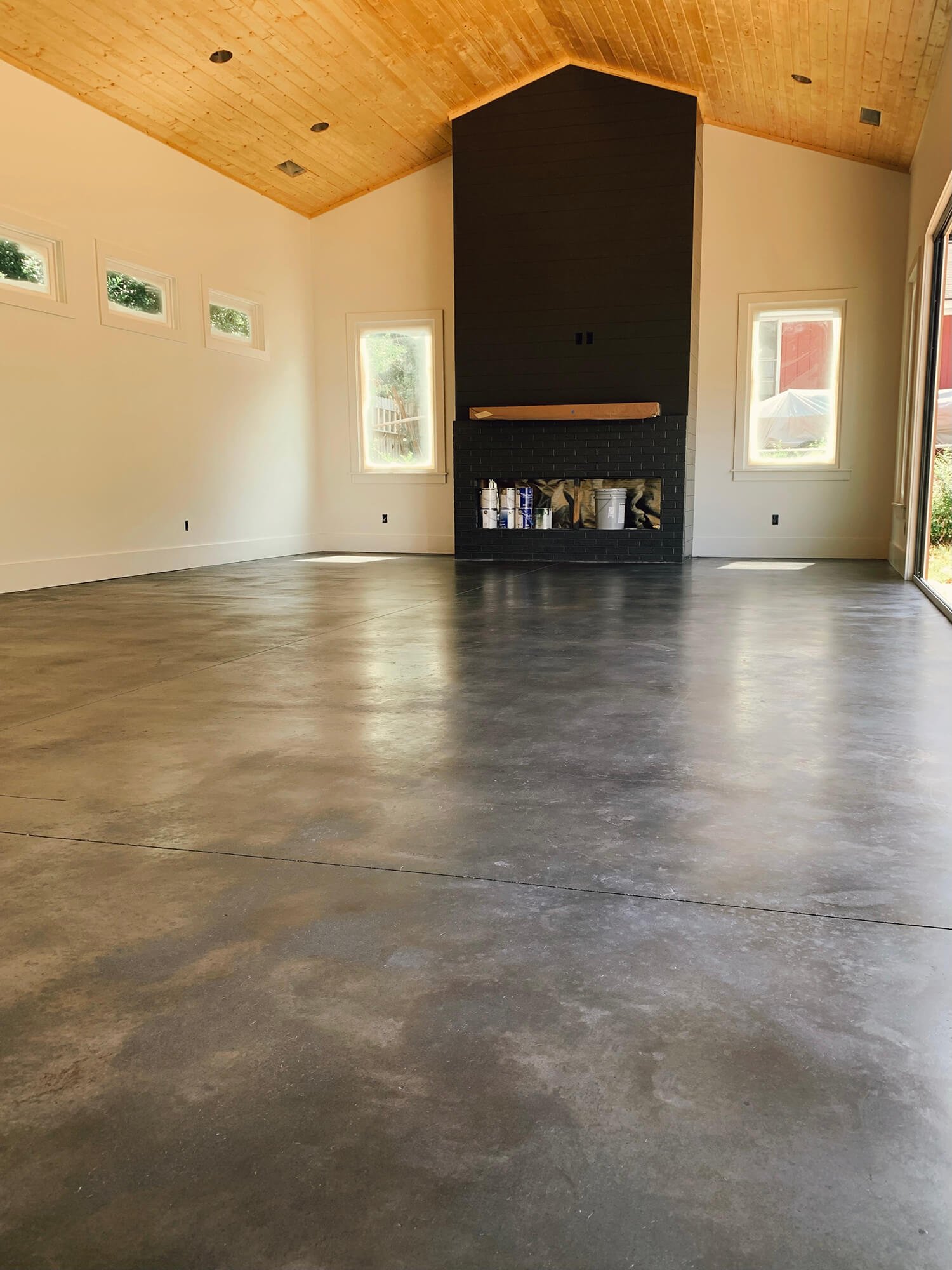Why Neighborhood Stained Floor Covering Is the Perfect Choice for Sustainable Home Enhancement
In the world of sustainable home improvement, neighborhood tarnished floor covering has actually emerged as a preferred option among ecologically aware homeowners. The unique mix of visual appeal, sturdiness, and ecological benefits it provides can not be overlooked. By making use of in your area sourced timber, it promotes a positive ecological effect, and the discoloration process improves sturdiness while reducing harmful chemical use. As an economical investment with reduced maintenance demands, it raises a thought-provoking concern: could this be the perfect remedy for lasting housing?
Understanding the Principle of Local Discolored Flooring
While the idea may appear unique to some, neighborhood tarnished floor covering is an ingenious method to home renovation that combines visual appeals, toughness, and sustainability. The term refers to using in your area sourced timber that is tarnished to attain an unique visual charm. The staining procedure not just boosts the all-natural beauty of the wood grain but likewise includes a layer of protection, boosting the durability of the flooring. This method is thought about lasting as it lowers the requirement for transport of resources from remote areas, hence reducing carbon footprints. Additionally, making use of regional wood types often supports regional economic situations and promotes liable woodland management practices. This principle, therefore, provides homeowners an environmentally accountable option without compromising aesthetic allure or toughness.
The Appearance of Regional Stained Flooring
Why is regional stained flooring getting popularity for its aesthetic appeals? Regional discolored floor covering supplies a varied array of patterns and shades, mirroring the all-natural beauty and variations of the local timber varieties made use of. Eventually, the allure of local stained flooring lies in its capacity to change homes into distinct, visually appealing rooms while advertising sustainability.
Environmental Influences of Neighborhood Stained Floor Covering
The environmental ramifications of neighborhood tarnished flooring include 2 considerable aspects: decreasing carbon impact and waste reduction advantages. Using in your area sourced products for tarnishing not only diminishes transportation discharges, but also advertises sustainable forestry techniques. The waste reduction facet comes into play as these flooring types frequently have a longer life expectancy, lowering the frequent demand for substitutes and the waste connected with it.
Reducing Carbon Footprint
As homeowners turn to more sustainable choices, neighborhood tarnished floor covering becomes a feasible solution to lower carbon impact. This sort of flooring mostly utilizes in your area sourced products, which considerably minimizes the demand for transport. This decreases discharges linked with freight transport, adding to lower levels of greenhouse gases in the ambience. In addition, the process of staining the floor covering, rather than using artificial coatings, involves fewer chemicals and less energy-intensive treatments. This leads to a decrease in carbon emissions throughout the manufacturing process. Going with neighborhood stained floor covering demonstrates a reliable action in advertising ecological sustainability, highlighting a concrete way home owners can add to combating climate change from the comfort of their very own homes.
Waste Minimization Perks
Although usually forgotten, waste minimization is an additional considerable advantage of regional tarnished floor covering. By selecting this option, homeowners help in reducing the mass of waste headed to landfills. This floor covering kind, normally sourced from regional wood, can be brought back, refinished, and recycled, including in its longevity. Unlike synthetic floor covering, it doesn't add to the growth of non-biodegradable waste. Additionally, the staining procedure utilizes fewer resources and produces much less waste contrasted to making brand-new floor covering products. In addition, any kind of waste produced throughout the staining procedure is eco-friendly and usually organic, mitigating ecological injury. The selection of local discolored floor covering not only beautifies homes but additionally underpins a commitment to sustainable living and waste decrease.
The Resilience and Upkeep of Local Tarnished Floor Covering

The Cost-Effectiveness of Regional Stained Flooring
While regional tarnished floor covering may originally appear much more costly than various other alternatives such as rug or laminate, its longevity and longevity quickly transform it into an affordable choice. The upfront cost is usually offset by the reduction in maintenance costs over time. Unlike carpets that need regular deep cleansing or laminate that may call for replacement after a few years, discolored floorings are developed to last, decreasing the demand for expensive repair work or substitute. Additionally, regional sourcing of materials minimizes transportation costs, adding to both economic cost savings and a reduced carbon impact. For house owners seeking a sustainable, affordable remedy for their floor covering requires, local stained flooring arises as a remarkable, lasting investment that pays off in time.

The Real World Instances of Lasting Homes With Neighborhood Tarnished Flooring
In the world of lasting home improvement, local tarnished floor covering has become a popular choice. To additionally show its advantages, a number of genuine life examples of environment-friendly homes that have actually effectively included this flooring method will be highlighted. These instance research studies give concrete evidence of the advantages and impact of utilizing regional tarnished flooring in sustainable homes.

Showcase: Eco-Friendly Floor Covering Houses
Scanning the globe, one can locate many homes that embody the concept of green living via the use of neighborhood discolored flooring. Throughout oceans in copyright, a modern house showcases its rich, maple-stained floor covering, a testament to the bountiful local timber supply (Commercial Stained Concrete Floors). These homes not just showcase the aesthetic versatility of regional tarnished floor covering however additionally its contribution to an extra sustainable way of life.
Local Tainted Flooring Advantages
The undeniable attraction of neighborhood stained floor covering prolongs beyond its visual charm, as it also offers significant advantages to both homeowners and the atmosphere. Another example is a green-certified home in Austin, Texas, where locally have a peek at this site sourced walnut was tarnished and made use of for floor covering, contributing to the home's LEED certification.
Verdict
In conclusion, local tarnished floor covering is a viable and sustainable alternative for home renovation. With its distinct blend of ecological, cost-effective and aesthetic benefits, local stained floor covering is a clear option for property owners seeking a sustainable, affordable and visually enticing home improvement option.
In the realm of lasting home enhancement, local stained flooring has actually emerged as a preferred option amongst environmentally mindful homeowners. Regional tarnished flooring go to this web-site provides a diverse variety of shades and patterns, showing the natural appeal and variants of the neighborhood timber species used. The option of neighborhood tarnished flooring not only beautifies homes yet likewise underpins a dedication to lasting living and waste reduction.
For house owners looking for a lasting, affordable service for their floor covering requires, local stained flooring arises as a superior, long-term financial investment that pays off over time. Stained Concrete.
With its one-of-a-kind blend of environmental, aesthetic and economical advantages, neighborhood discolored floor covering is a clear choice for homeowners looking for a sustainable, aesthetically attractive and affordable home renovation option.